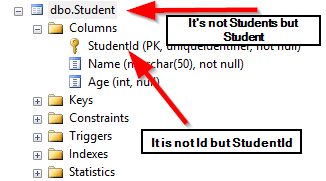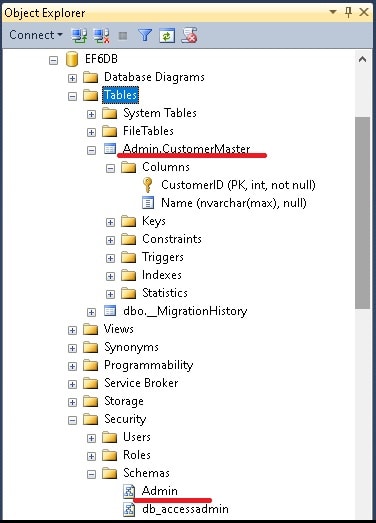

Validation is the set of rules which we define on the input fields on the webform page. We can use Data Annotation to implement the model validation and can utilize it to model class properties. Here we have ASP.NET MVC model validation that is a more secure validation whereas HTML/JavaScript validation is unsafe and can break after disabling the javascript while running the application.ĪSP.NET MVC Framework implements a framework described as Data Annotation which is utilized for model validation. In ASP.NET MVC web applications, we have the three types of data validations:Ĭlient-Side Validation: HTML/ JavaScript validation Why Do We Need Data Annotation Attributes in ASP.NET MVC? namespace comprises the subsequent attributes that reshape the schema of the database. incorporate the subsequent attributes that affect and check the size or nullability of the column.Ģ. In Data Annotations, we have two types of namespaces that have their specific in-build types.ġ. Public class ScaffoldColumnAttribute : Attribute Specifies whether scaffolding is used by a class or a data column. ErrorMessage = "Your Email is not valid.")] 10) ScaffoldColumn Using this attribute, we can set a regex (regular expression) pattern for the property. With this annotation attribute we can set the property names that will display at the view. This annotation attribute enables us to set the date format defined as per the attribute. This annotation attribute defines fields to enter or eliminate for model binding. We can apply the Range annotation attribute to define the range between two numbers. With this annotation attribute, we can set the maximum length of the property. Using this annotation attribute, we can set the maximum and minimum string range of the property. This attribute defines the particular value as mandatory for a certain requirement Syntax This attribute is used to specify the data type of the model. Here are the numerous types of Data Annotations with the syntax: 1) DataType Right mouse-click on the Entit圜lasses folder and add a class named Product, as shown in Listing 1, to this project.Data Annotation Attributes in ASP.NET MVC Once you have the application created, right mouse-click on the project and add a new folder named Entit圜lasses.

#Ef data annotations code
Most of the code will work just as well in earlier versions of. To follow along with this article, open Visual Studio and create a console application with the name Samples. Let's first look at the traditional way of validating data before we move onto using data annotations. A collection of messages is returned from the Validate() method and those messages were bound to the input form to be displayed. As object-oriented programming (OOP) became the norm, developers moved that input data into properties of a class and wrote a Validate() method to perform the validation. The appropriate messages were displayed on the input form to tell the user what they did wrong. In the distant past, to validate the data a user inputs into a form would be done directly in the code-behind the form. Finally, you'll set up a couple of resource files and see how easy it is to localize your error messages.
#Ef data annotations how to
You're also going to see how to implement the IValidatableObject interface to tackle more complicated validation scenarios.

You'll also learn to create a custom validation attribute to compare the values between two different properties.

You're going to develop a few custom validation attributes to check dates and numeric values. In this article, you're going to explore most of the data annotations supplied by Microsoft. If you're developing multilingual applications, you can even move your error messages into resources and specify the name of those resources on each of your attributes. If you have some very specific validation needs, you may implement the IValidatableObject interface for your entity classes. There are many built-in data annotations supplied by Microsoft that can validate your data quickly and it's easy to create your own data annotation attributes to apply to your entity classes. It only takes about 10 lines of code to programmatically validate data annotations attached to entity classes. NET application can use data annotations for validating data. Data annotations are not only for use in ASP.NET web applications.


 0 kommentar(er)
0 kommentar(er)
